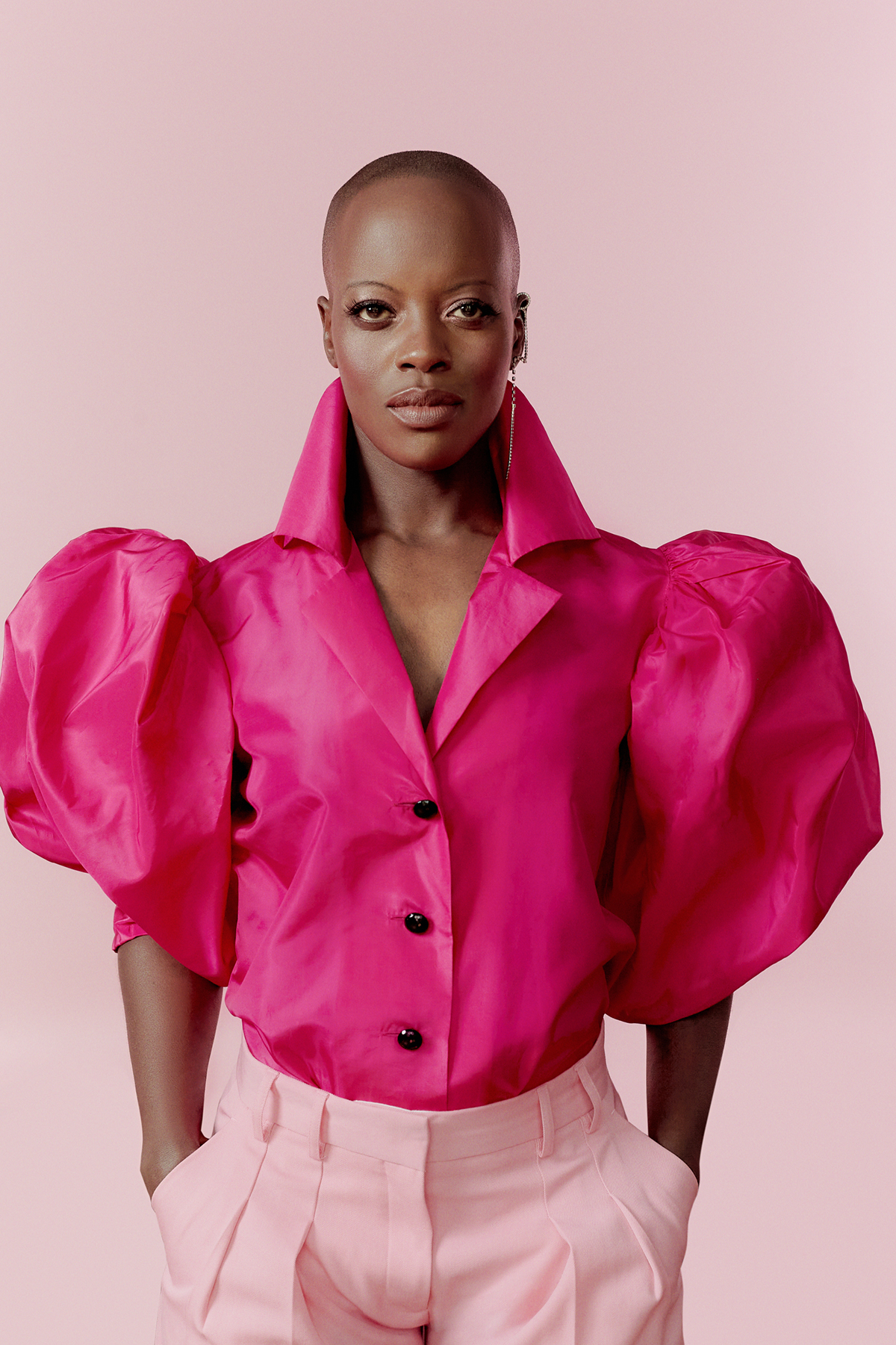
Florence Kasumba. Photo by Diane Betties
The multilingual martial-arts expert and star of Black Panther: Wakanda Forever, Florence Kasumba, speaks to LUX about growing up Ugandan German and championing strong women
LUX: What inspired you to act?
Florence Kasumba: I grew up in Essen, Germany, in an all-white area. The only black people I knew were my mother and siblings. One day, my music teacher took our class to see Starlight Express. I was overwhelmed seeing people who looked like me on a stage and being celebrated by the audience. In the show, artists sing, act, dance and do acrobatics – on roller skates. I’d never seen anything like it. In that moment, I wanted to be a performer.
LUX: How do you navigate acting in three languages?
FK: I grew up in Germany, learnt English from age ten and studied in the Netherlands. I have done a lot of global productions and the common language tends to be English. But speaking three languages is one reason I have an international career.
Follow LUX on Instagram: luxthemagazine
LUX: Is your Ugandan German identity important to you?
FK: I was socialised in Germany in a Ugandan household, but I am more familiar with the German way of living. When it comes to identity, I walk through life as a black woman. I am aware of my appearance and have learnt how to navigate in different situations. Some are safe, some not. That is just part of my life.
LUX: How does a director get the best out of you?
FK: I perform 100 per cent. That is my duty. It helps when the director does not scream at me.
LUX: How do you get the best out of you?
FK: For everything that does not come naturally, I ask for help. If I have to speak with an accent, I work with a language coach. If I have to work with weapons, I train with experts. I will always give my best effort, but give me time and training and you will get my absolute best.
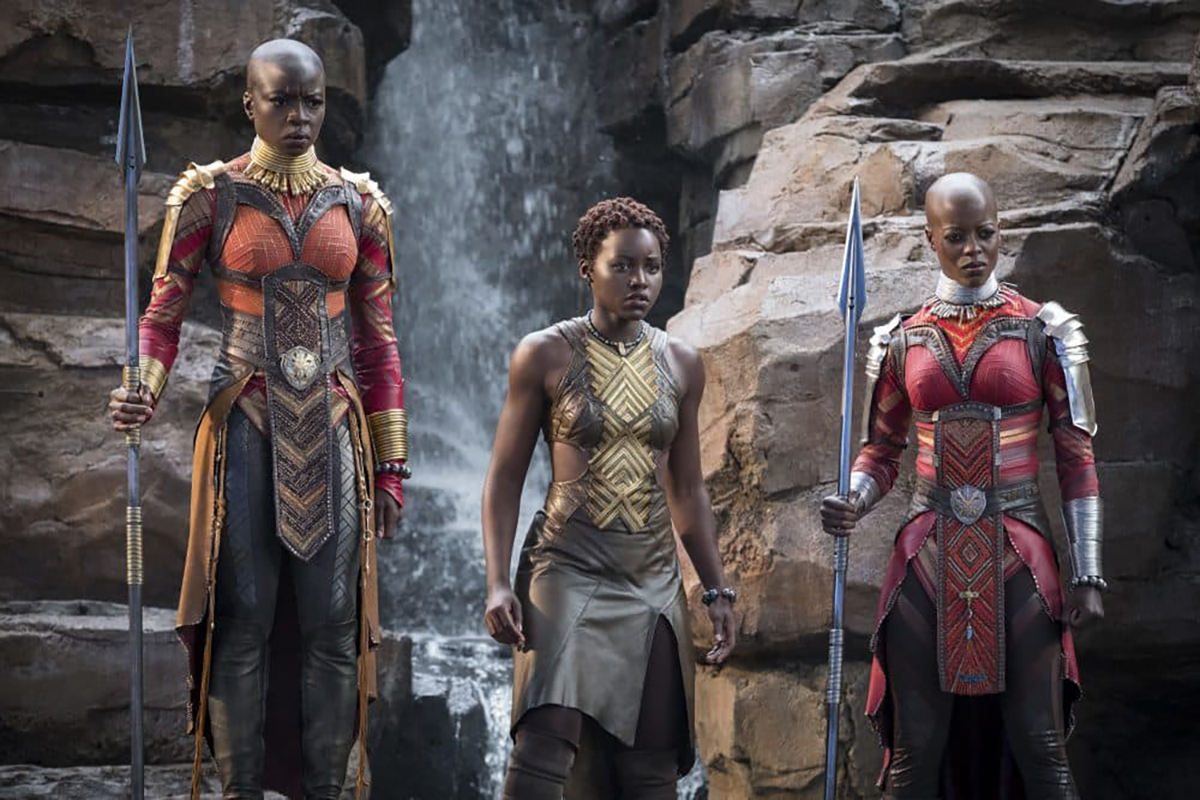
Danai Gurira, Lupita Nyong’o and Florence Kasumba in a scene from Black Panther © Matt Kennedy/Disney/Marvel Studios via AP
LUX: What are the joys and pains of you job?
FK: I enjoy roles that need a certain physicality. Ayo in the Marvel films is one of my favourites as I get to train with the Marvel stunt team, which is fun – but sometimes painful. Like most people, I can feel insecure out of my comfort zone – when I need a skill that is not yet developed, or when dialogue has been changed just before I go on set. It used to bother me when people were rude, but now I know how to steer my focus to what is important for the scene. I am grateful I chose this path to become a performer.
LUX: Tell us about your character in Black Panther: Wakanda Forever
FK: I play Ayo, one of the Dora Milaje, an elite troop of Wakandan female warriors. Ayo and her team are responsible for the safety of the King and Queen of Wakanda, and the royal family.
LUX: Are martial arts good for body and soul?
FK: I am not an expert on the effects of martial arts on the human body, but from my experience in Shaolin Kung Fu, Tai Chi Chen, Tai Chi Yang and Qigong, my body has become stronger, I focus better and I am mentally stronger. Regular training has improved my coordination, flexibility, endurance and accuracy. I am more balanced and have less tension in my body.
Read more: Carolina Bucci on creating her own brand vision
LUX: What’s your favourite memory from the German TV series Deutschland 86/89?
FK: Working with the creative team was fun. We mainly filmed 86 in South Africa and working with actors who had experienced apartheid was educational. I enjoyed Cape Town. My favourite time was the scene in the safe house, when ANC members plan their next move. We were a lot of actors in one room and had time to chat between takes. This is how you get to know about people’s lives and culture.
LUX: How would you advise young people?
FK: I would say: work hard, stay focused, do not compare yourself to others, know you will make mistakes and learn from them. Surround yourself with people who have the same passion you do. Once you have found them, support each other.
Interview by Isabella Sheherazade Sanai
Black Panther: Wakande Forever is available to stream on Disney+
This article was first published in the Spring/Summer 2023 issue of LUX

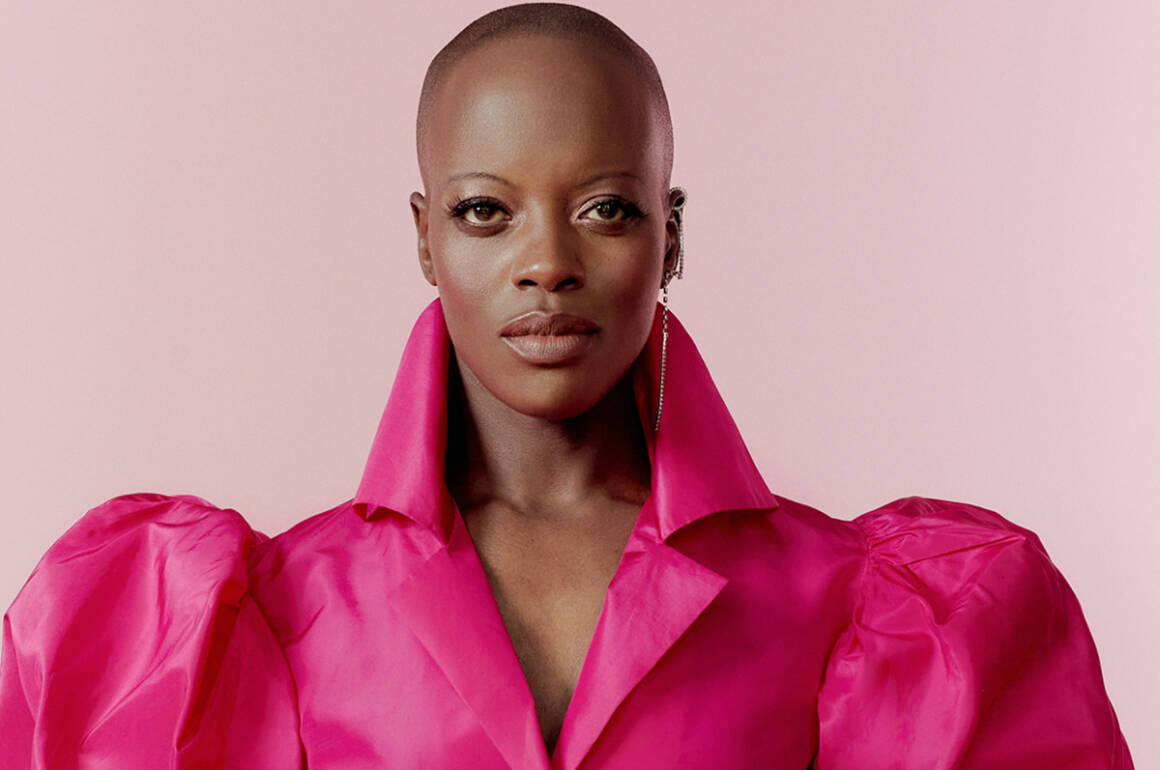
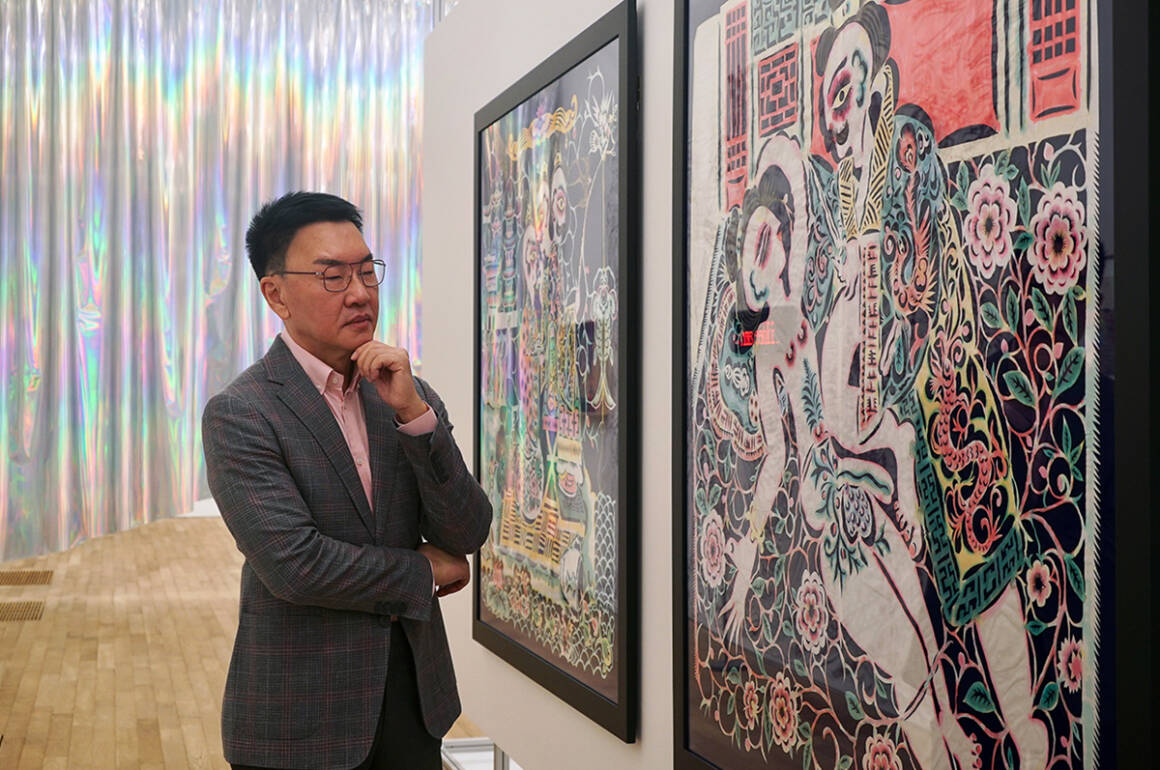
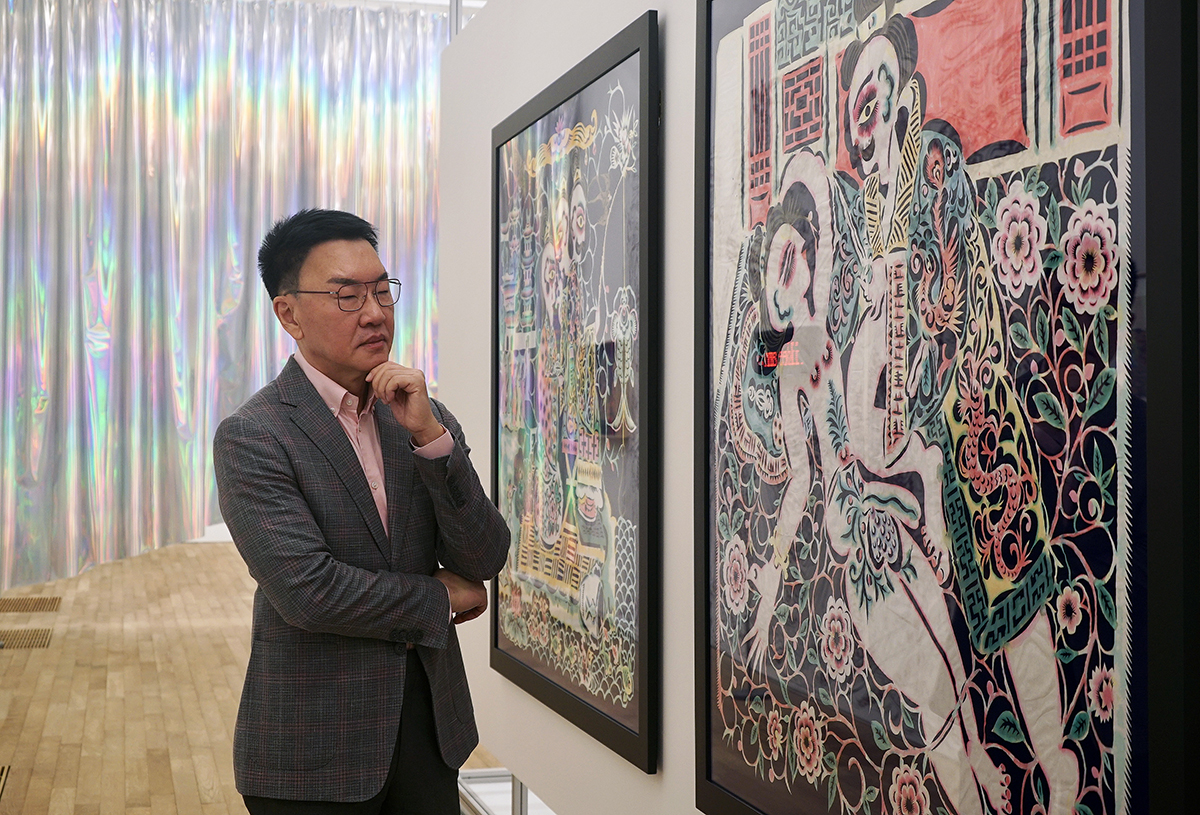
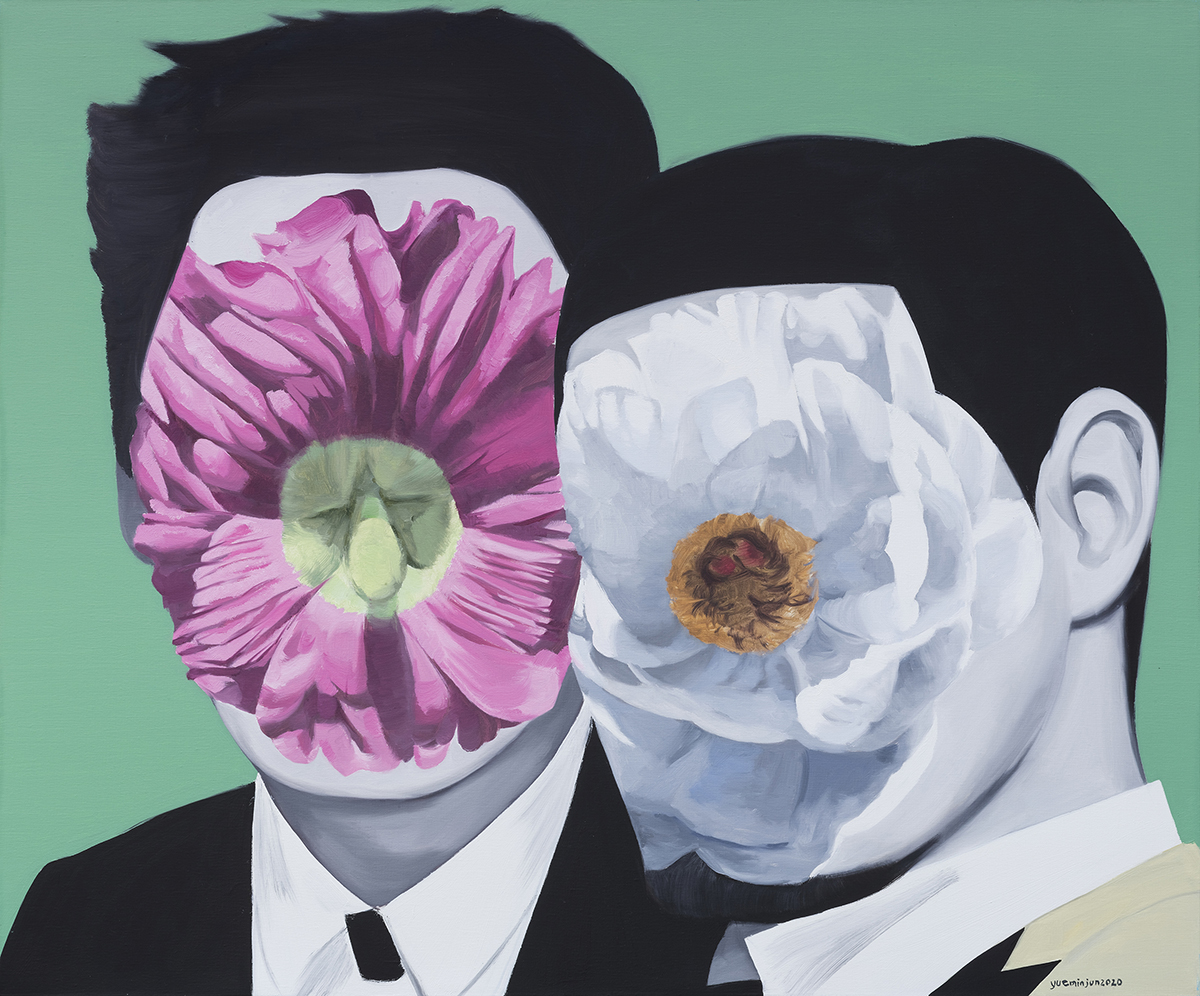
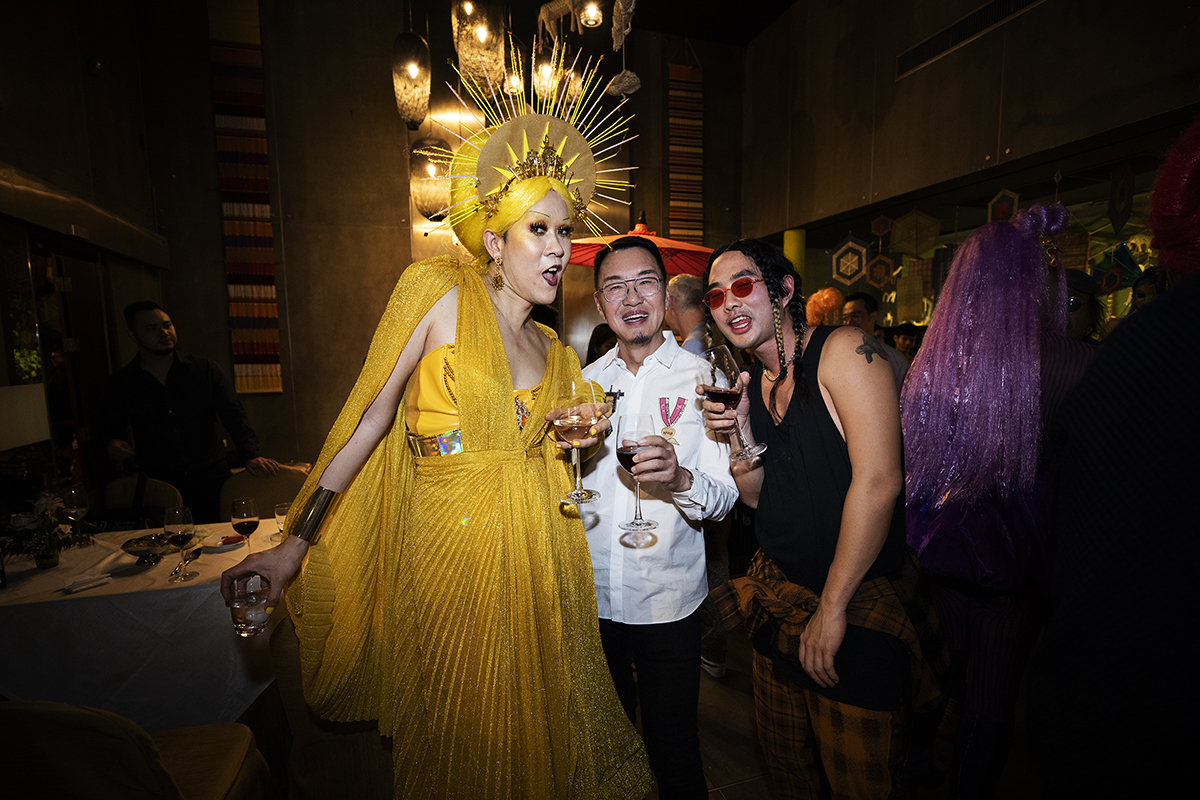
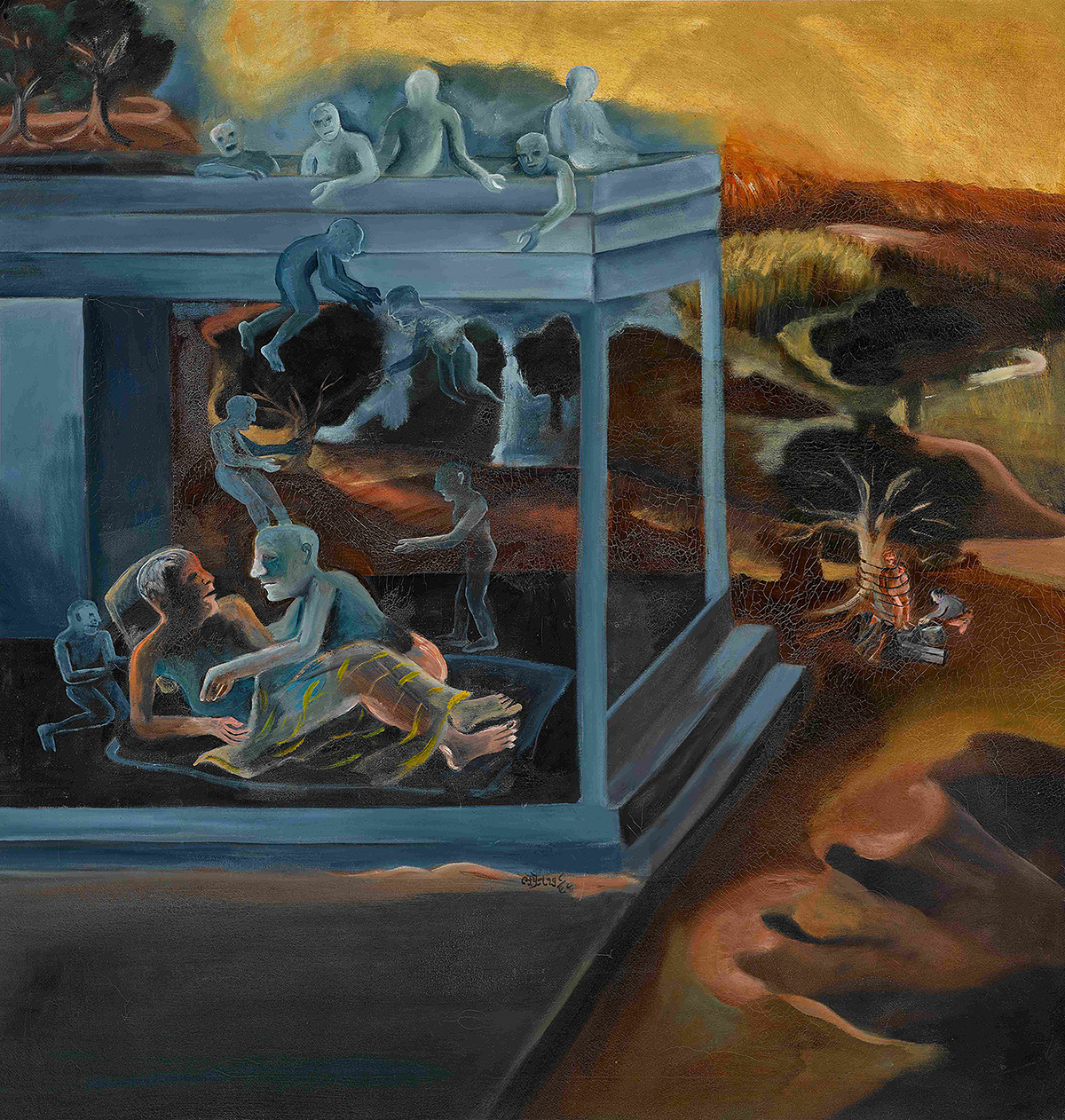
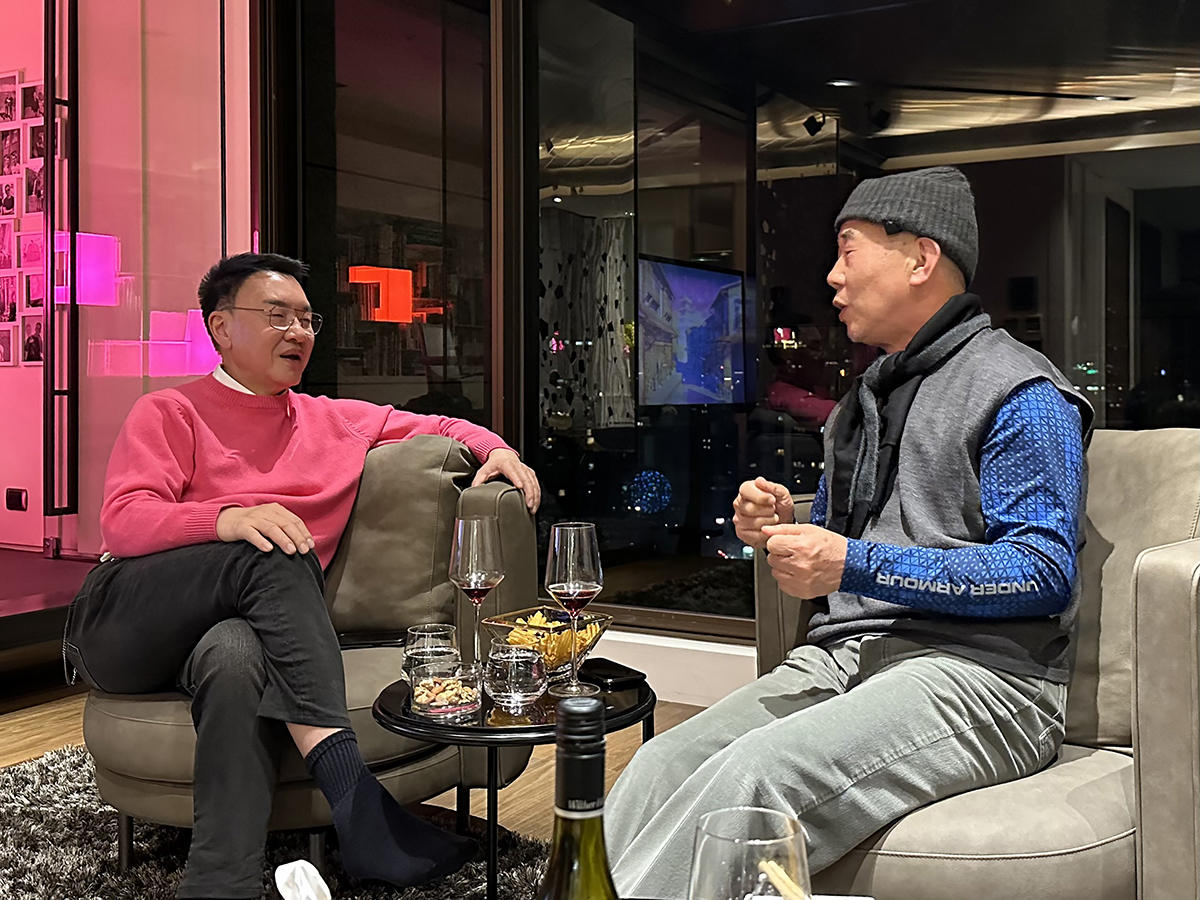
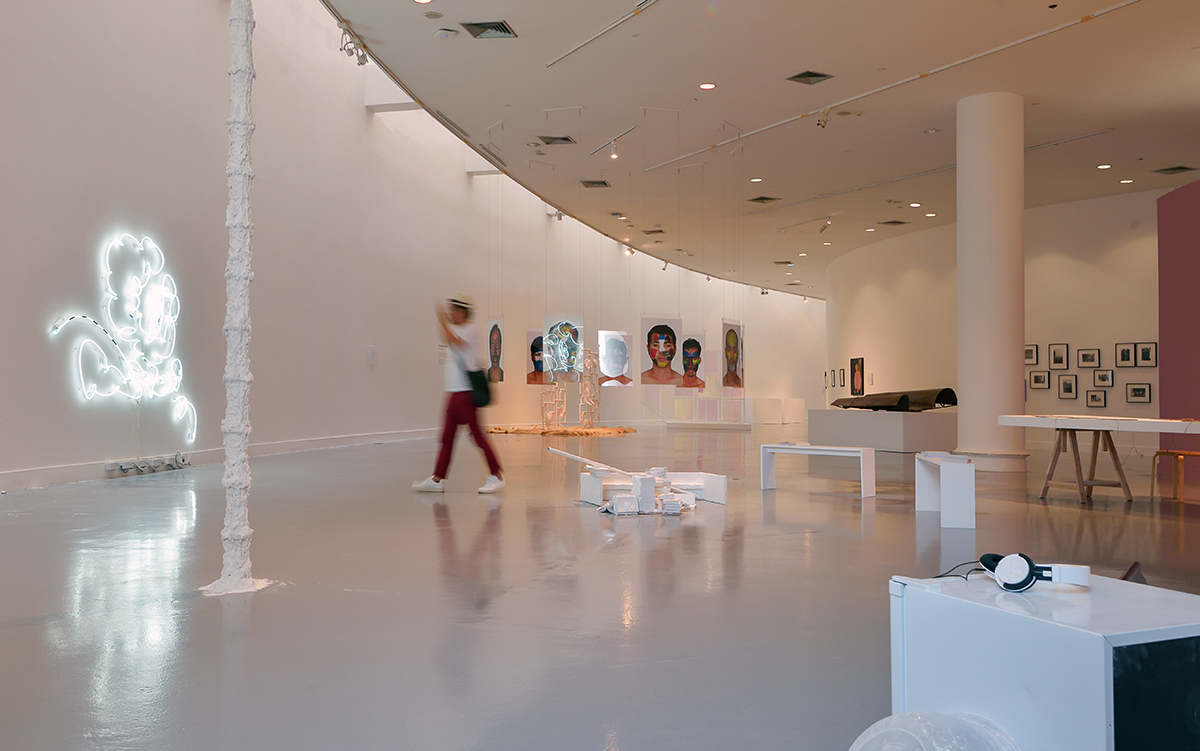
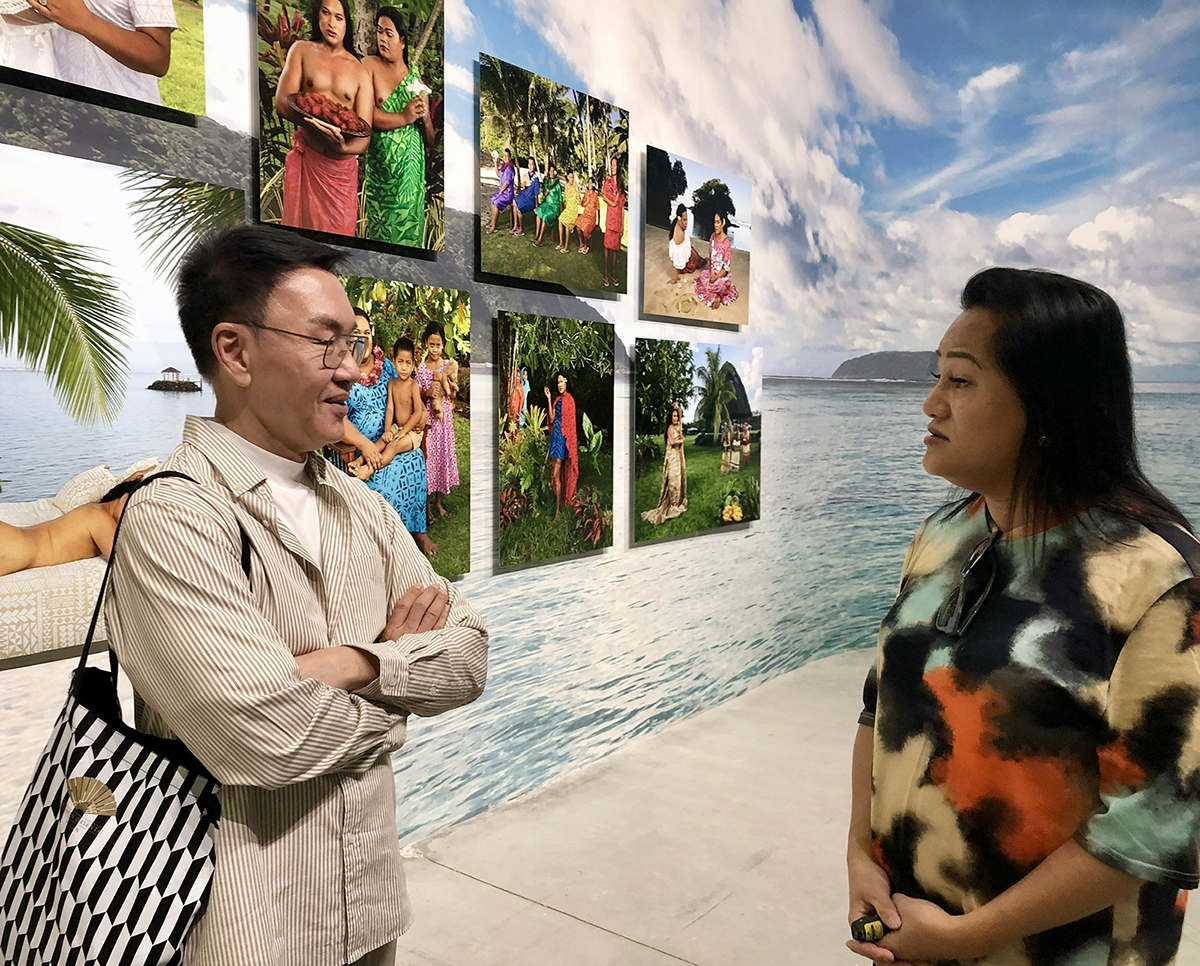
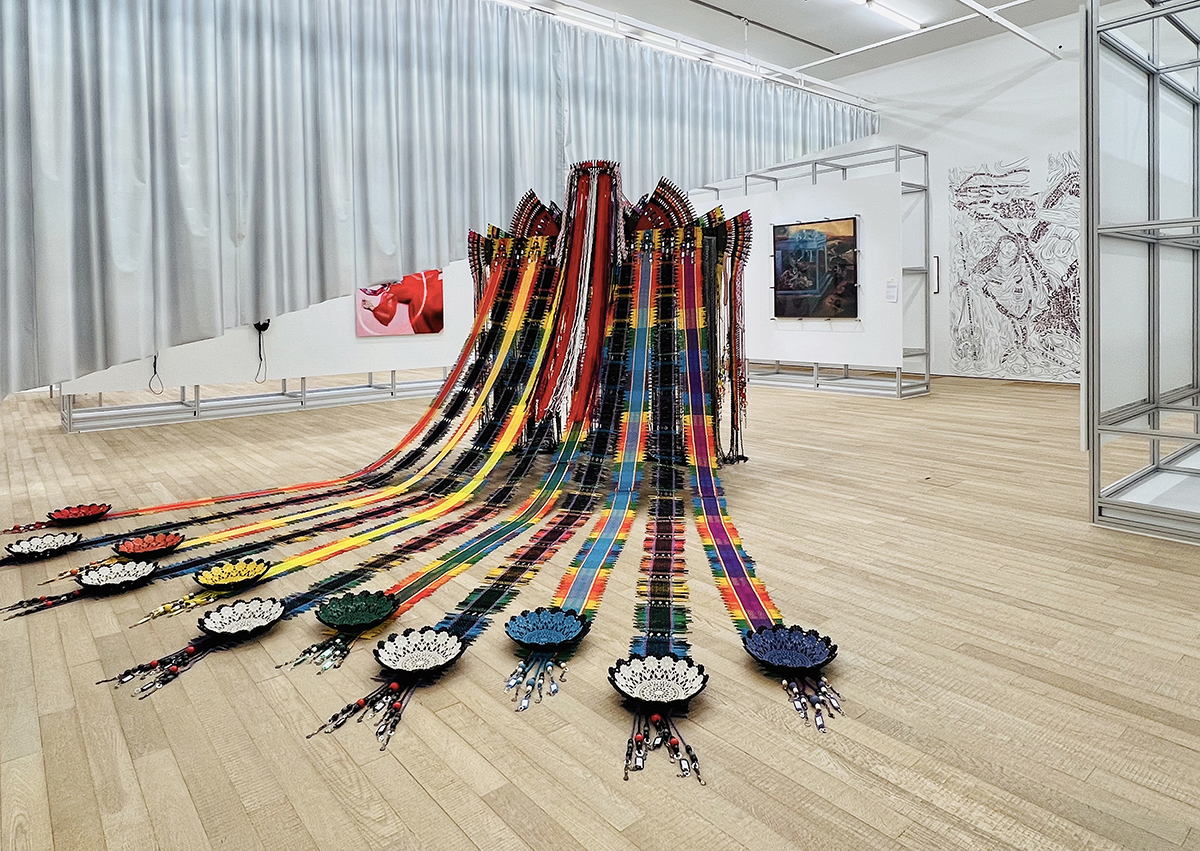
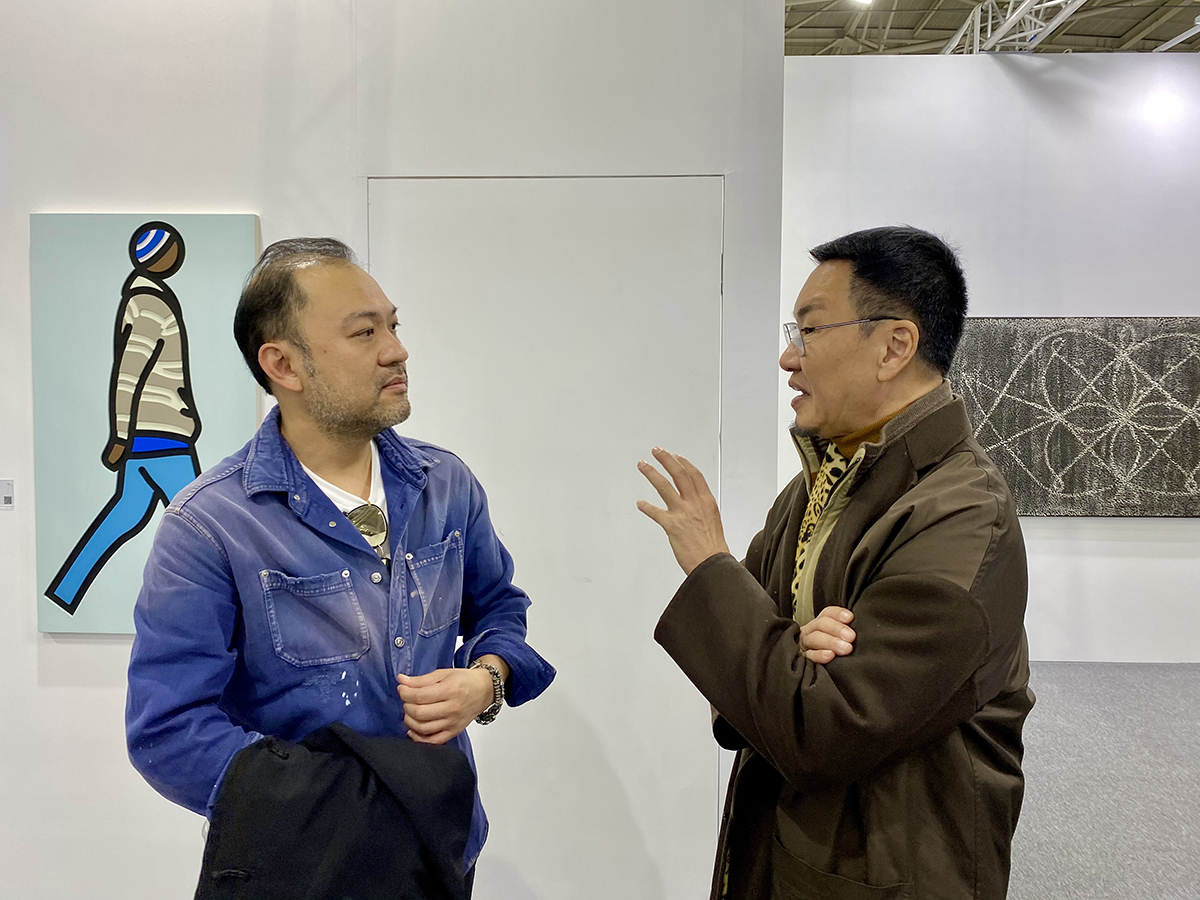

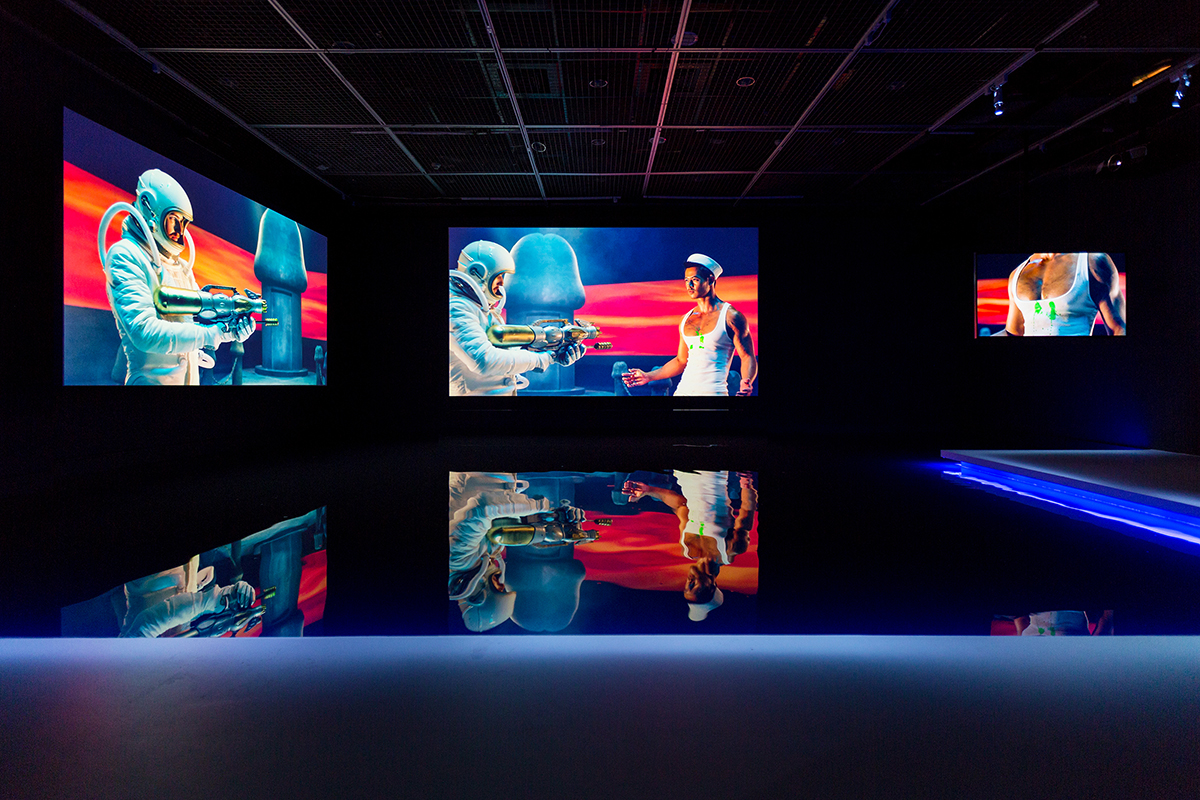

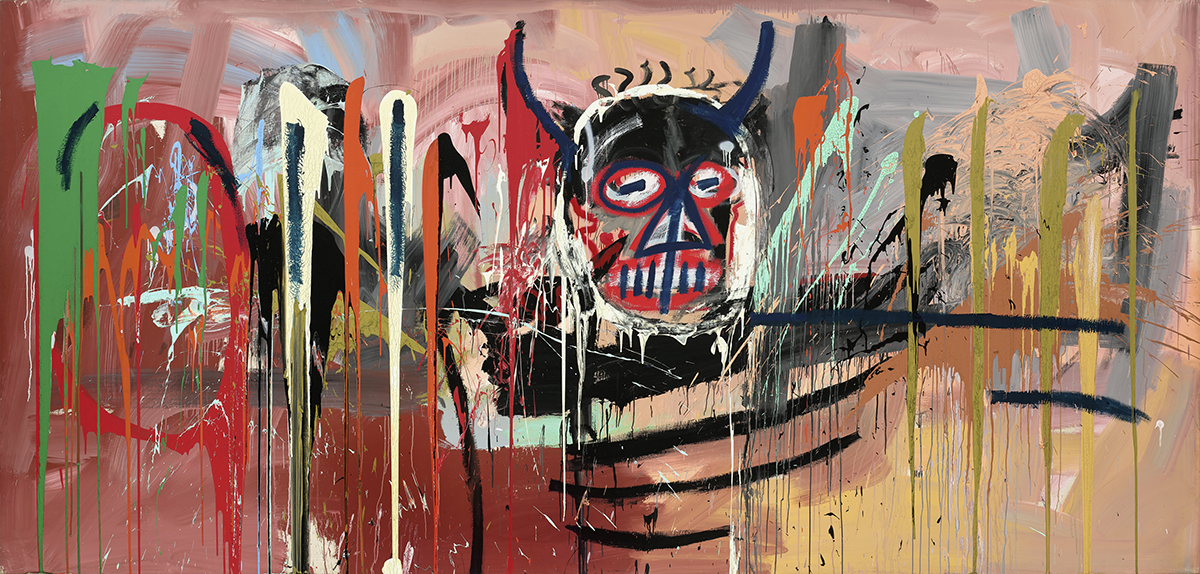
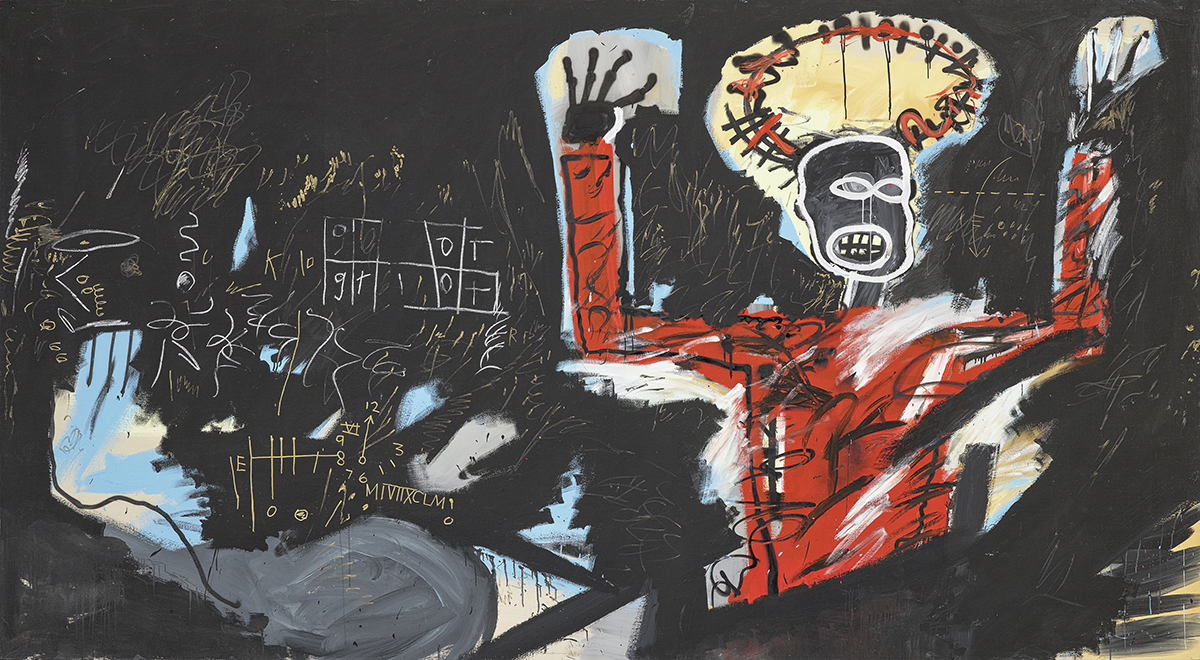
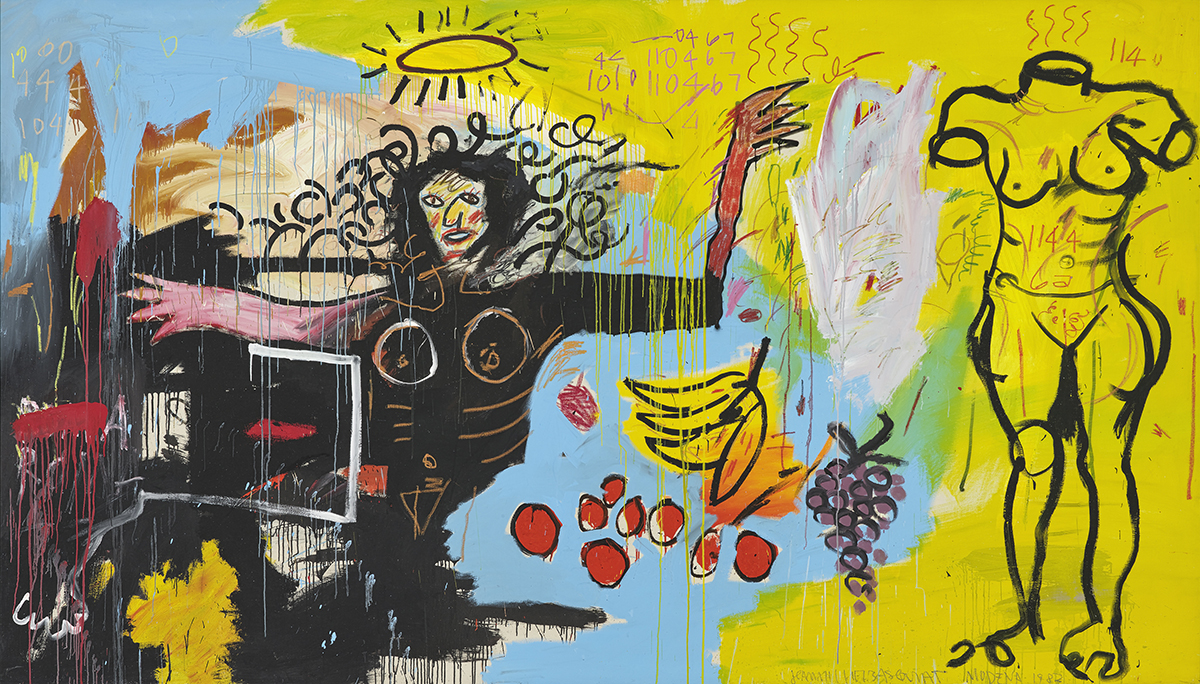
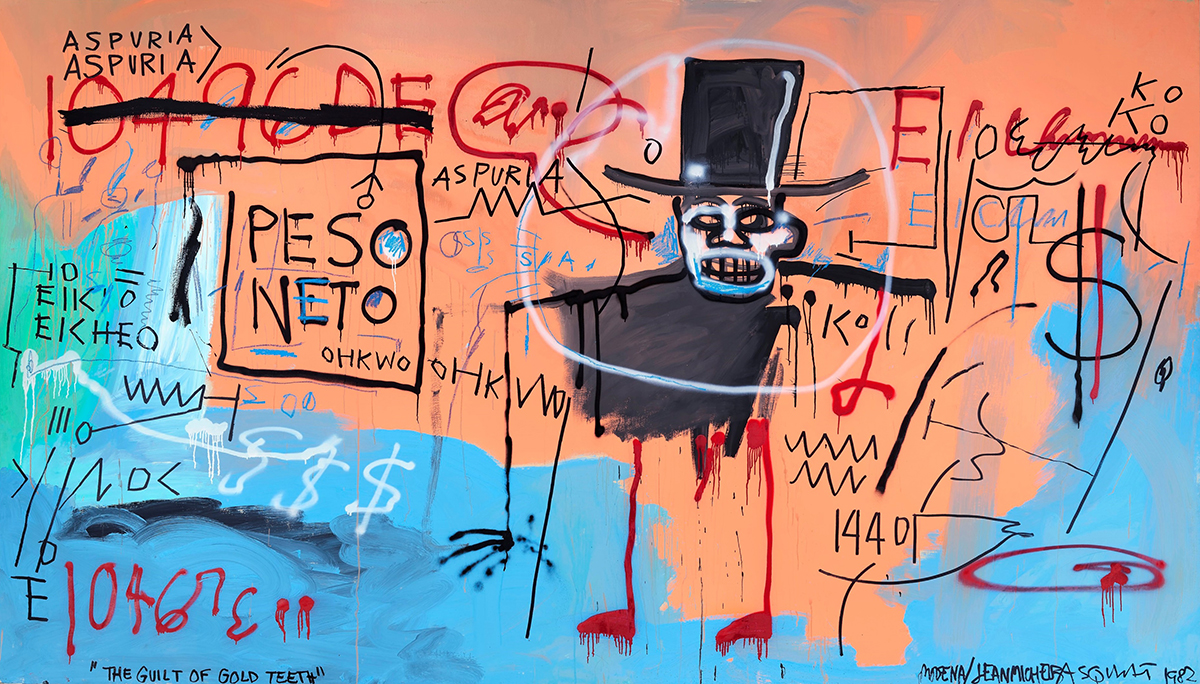



Recent Comments